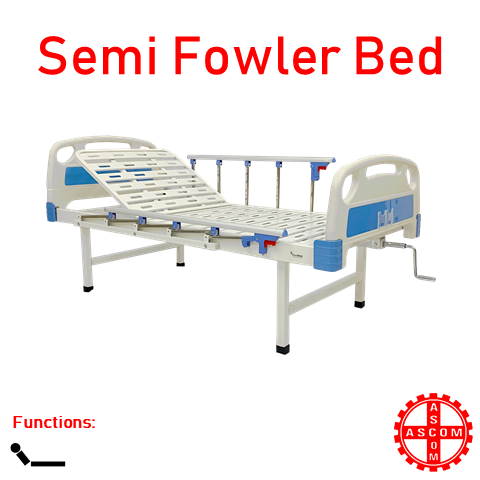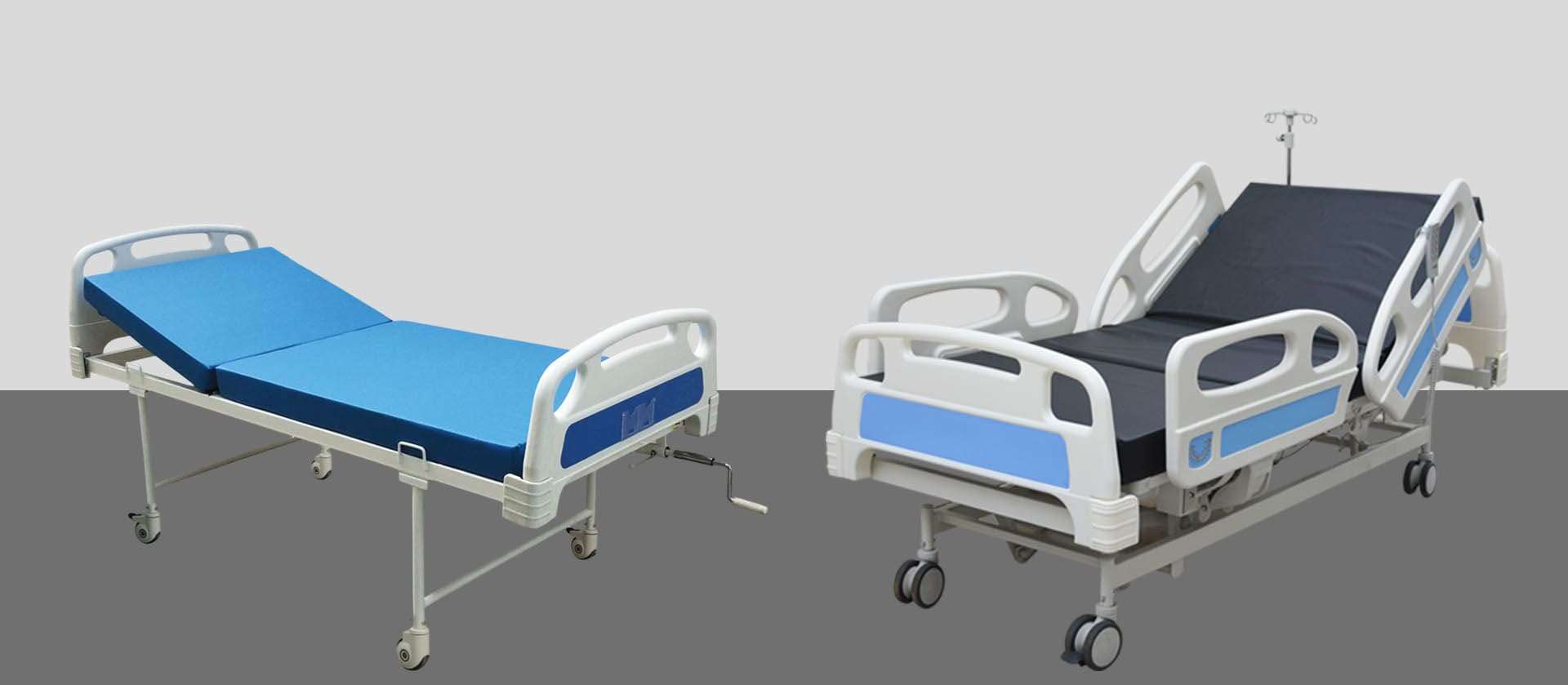Little Known Facts About Hospital Beds For Home Use.
Table of ContentsHospital Beds For Home Use Can Be Fun For EveryoneThe 7-Second Trick For Hospital Beds For Home UseHospital Beds For Home Use Things To Know Before You BuyThe 20-Second Trick For Hospital Beds For Home UseNot known Details About Hospital Beds For Home Use Hospital Beds For Home Use Can Be Fun For AnyoneHospital Beds For Home Use - The Facts
There are 3 major types of health center beds: manual, semi-electric, and fully-electric. These beds make use of hand cranks to readjust the bed's height and elevate and reduce the head and the foot.
Semi-electric beds have an electrical motor to increase and decrease the head and foot sections of the bed. Clients and caretakers change the placing by pushing buttons utilizing a hand necklace. The height of the bed is changed manually with a hand crank. Full-electric beds have an electrical motor that can increase the head and foot sections of the bed as well as the entire height and positioning of the bed.
4 Easy Facts About Hospital Beds For Home Use Described
There are several kinds of medical facility beds, each developed to satisfy particular person demands. Right here are some usual kinds: This is the most usual type of health center bed, created for basic medical usage.
Lower to the ground than a conventional bed. This kind of bed is made for larger clients, with a larger frame and greater weight ability than a common bed.
This type of bed is developed for seriously sick people that require open tracking and specialized medical devices such as ventilators and mixture pumps. This type of bed is created for usage throughout labor and delivery, with adjustable positions and features to sustain the mommy and baby during the birth process.
Not known Facts About Hospital Beds For Home Use
Numerous feature and the accessories execute broadening grip to different parts of the vertebra and the extremities without moving the body. These are just a couple of examples of the types of medical facility beds offered. The specific sort of bed made use of will depend upon the patient's problem, medical needs, and various other aspects.
Here is the important things you need to know. A one-function hospital bed is a clinical bed that enables an individual to relocate just the head or foot area up or down. A 2 feature hospital bed normally describes a type of medical bed that has two flexible functions to aid clients in hospitals or care centers.

See This Report about Hospital Beds For Home Use
A 7-function ICU bed is a kind of clinical bed that gives numerous flexible functions to sustain seriously ill people in a critical care unit (ICU) (hospital beds for home use). The 7 features usually consist of: Backrest change: The backrest can be adapted to numerous angles to assist the person sit up or relax easily
Height change: The bed can be raised or decreased to make it much easier for clients to enter and out of bed, and for caretakers to give care. Trendelenburg placement: The entire bed can be tilted to promote blood flow and flow in the body. Reverse Trendelenburg placement: The bed can additionally be tilted in the contrary direction to promote blood flow and blood circulation in the upper body.
1. What Size is a Healthcare Facility Bed? 2. Exactly how Much Does a Healthcare Facility Bed Price? 3. Why Do Hospital Beds Have Side Rails? 4. What Are The Key Healthcare Facility Bed Components?. While even more cost effective than electrical models, these beds require exertion for adjustments. The main advantages of hands-on beds are their price and reliability, as they do not depend on power. The need for manual initiative can be a limitation in scenarios where quick modifications are necessary or where caregivers encounter physical challenges.
The Facts About Hospital Beds For Home Use Uncovered
Semi-electric medical facility beds offer a balance of manual and electrical controls. These beds give an optimal center ground in between handbook and fully electric options, offering ease of usage without the complete price of electric models.
Semi-electric beds are appropriate for individuals that need modest changes to the head and foot areas yet can take care of without regular elevation changes. This makes them an affordable solution for those looking for comfort and convenience without the need for continuous repositioning. Completely electric health center beds feature electric controls for smooth adjustments index to the elevation, head, and foot areas.
Specialty medical facility beds, such as ICU beds, lasting treatment beds, and bariatric beds, are thoroughly developed to deal with certain medical demands. These beds use tailored take care of diverse client teams, improving both results visit this site right here and convenience. In the complying with sections, we will check out the major kinds of specialized healthcare facility beds, describing their particular advantages and applications.
With years of experience in producing electrical direct actuators - hospital beds for home use and close collaboration with the medical care sector, TiMOTION is well-positioned to supply reliable health care options. Our up and down integrated firm manages every step of the manufacturing process, from style to actuator assembly, guaranteeing we provide outstanding value and customized options customized to your details needs
Hospital Beds For Home Use - Questions

To find out more regarding integrating these innovations into your items, call us today. Additional analysis:.
Data is sourced from the Medicare Cost Report. Accessed January 2025. Temporary intense care health centers have the highest typical number of beds at 187. They are one of the most common kind of hospital in the U.S. and compose greater than 50% of united state health centers. Kid's hospitals have 178 beds on average and VA health centers typical 175 beds.

All About Hospital Beds For Home Use
A health center bed is a bed designed specifically for Source medical purposes. It is not only a place for clients to rest, but additionally a system for medical operations. Unlike normal home beds, health center beds usually have flexible features, which can help with medical staff to make different adjustments according to the needs of people, such as changing the elevation, inclination, and assistance angle of the back and legs of the bed.